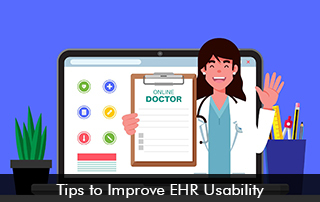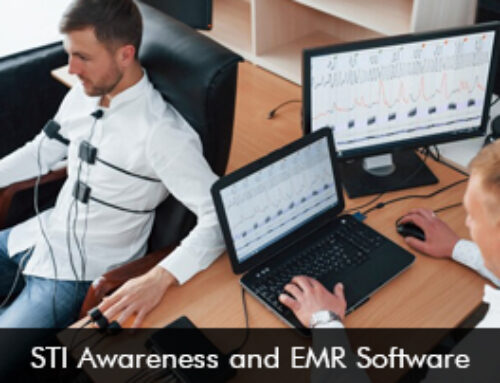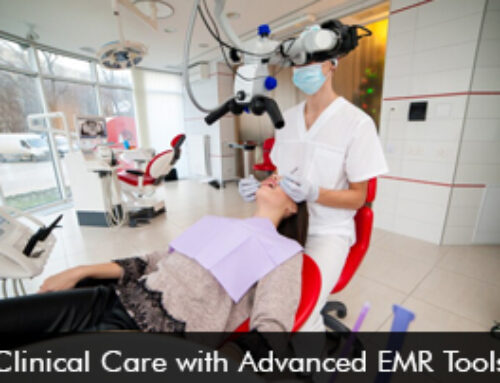Electronic Medical Records (EMR) Software systems are essential in modernizing healthcare operations and improving patient care. Care teams and clinicians rely on the robust technology of EHR systems to stay informed at the point of care and empower them to collaborate with other healthcare providers via electronic health records software interoperability options.
What is EMR Software Usability?
EHR software usability describes how well a system satisfies the requirements of medical practitioners and improves their capacity to handle patient data. It includes the entire user experience, customizable options, workflow efficiency, and user interface design. Healthcare providers should be able to easily access and update patient records with an intuitive and well-organized interface offered by a highly useable electronic medical record system.
EHR Software Usability Challenges
Usability challenges in electronic medical records software can impede the patient care process and can cause physician burnout. Common EMR systems usability challenges include:
- A cluttered software interface design can lead to difficult system navigation.
- Poor interoperability makes it difficult to share patient data between different EHR Software and providers.
- Unnecessary and time-consuming data entry and documentation
- Lack of software customization to meet unique practice requirements.
- Retrieving and tracking patient information is a burdensome task because of unintuitive user design.
How to Improve EMR Software Usability?
It becomes highly critical for software vendors to enhance Electronic Health Records (EHR) Software usability to provide a high-quality user experience. This can enable clinicians to focus on patient care rather than on their systems.
Enhancing the usability of EMR software requires a multidimensional strategy. First of all, gathering input from users and including medical experts in the design phase facilitates the identification of particular requirements and preferences. Usability may be greatly improved by implementing an intuitive user interface with obvious navigation pathways and reducing needless complexity.
Users are empowered to utilize the EHR system effectively by accessing readily available support resources, participating in extensive training programs, and having customization options catered to a variety of healthcare processes. Ongoing improvements are facilitated by regular software updates that are based on user feedback and technology breakthroughs.
EMR Software Vendors offering Intuitive Systems
To make an EHR software system more effective and user-friendly, the following software vendors prioritize solid security measures, user-friendly documentation, and error avoidance methods:
Enhancing the usability of EMR software leads to higher output, fewer mistakes, and better patient care. Healthcare providers in the USA are encouraged to adopt technology and use its advantages in their daily work with usable and intuitive software.







